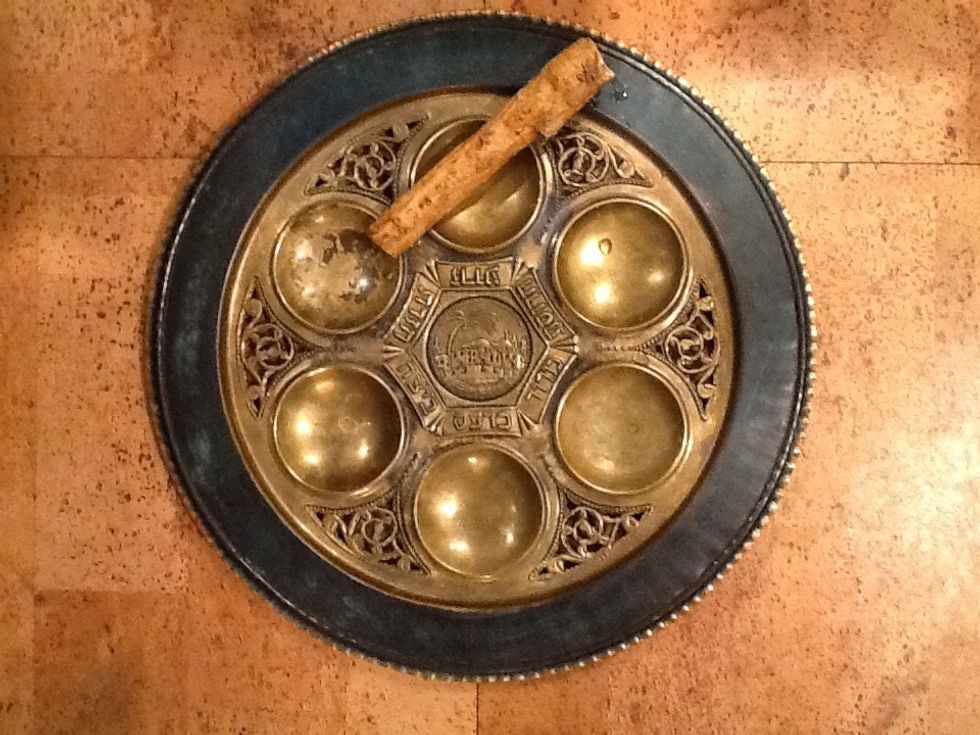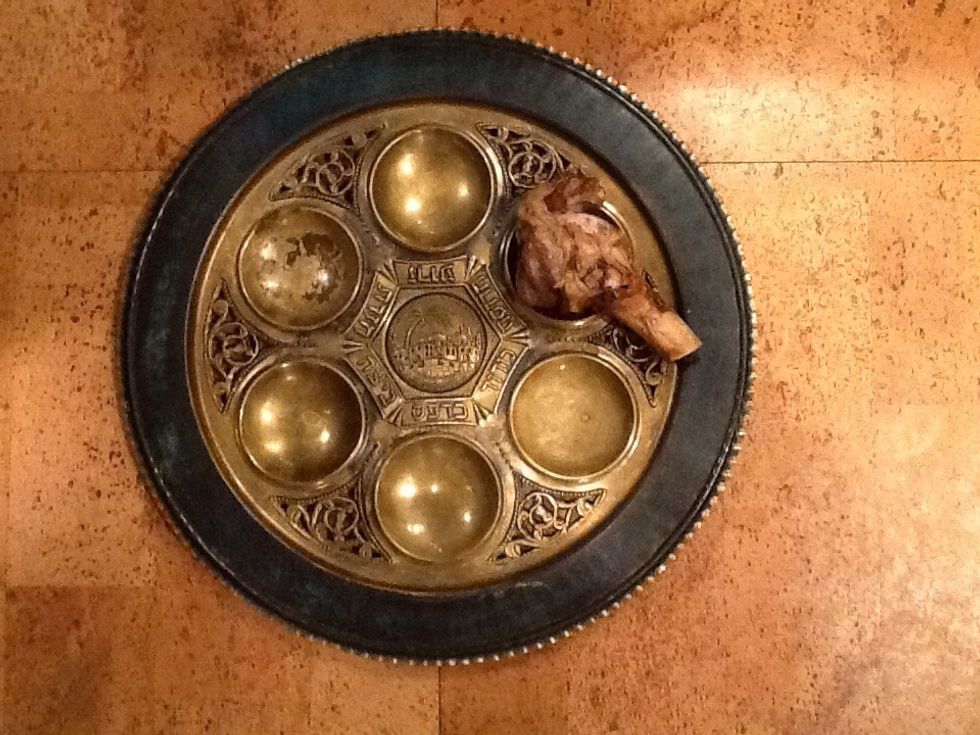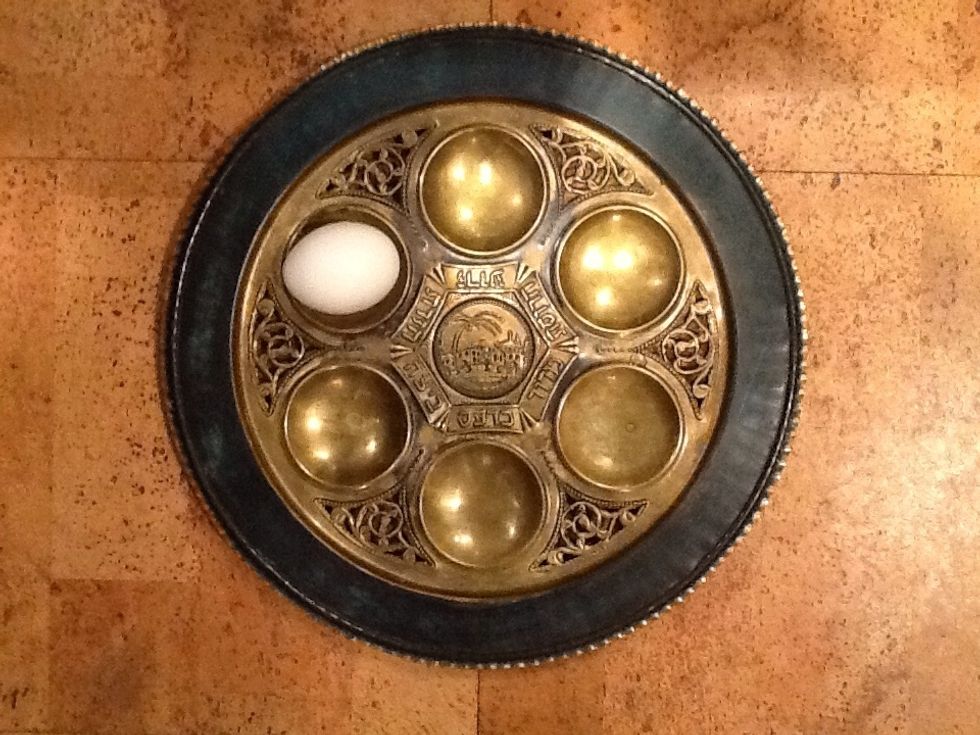How to assemble a seder plate
The Jewish holiday of Passover celebrates the exodus from Egypt and the end of Jewish slavery. Important parts of the Passover story are symbolically represented on the traditional Seder plate.
271
STEPS
TOOLS

Maror - The bitter herb allows us to taste the bitterness of slavery. Today, most Jews use slices of fresh horseradish or prepared horseradish from a jar as maror.

Z'roa - A roasted lamb shank bone which was used as the Passover offering from the time the Temple stood in Jerusalem. Vegetarians often substitute a roasted beet.

Z'roa for Vegetarians - a roasted beet is often used on the Seder plate for those who do not eat meat.

Haroset - This mix of fruits, wine or honey, and nuts symbolizes the mortar that the Israelite slaves used to build and keep the bricks together when they were slaves of Pharaoh in Egypt.

Ingredients for Haroset

A second Bitter Vegetable is often used in addition to the maror as a bitter herb. Romaine lettuce, celery or even a boiled potato is used.

Karpas - A green vegetable, most often parsley, represents springtime. Karpas is also used to dip in salt water which symbolizes the bitter tears we wept while slaves in Egypt.

The round shape of the roasted egg symbolizes the cycle of life with the perpetual hope for new beginnings. The egg also symbolizes spring since Passover is celebrated during that season.

An orange sometimes is placed on the seder plate as a gesture of solidarity with both women and the gay community.

Complete Seder Plate

Vegetarian Seder Plate
- 1.0 Seder plate
- 1.0 Roasted egg
- 1.0 Slice horseradish root
- 1.0 Lamb shankbone or beet
- 1.0 Small handfull parsley
- 1/4c Haroset
- 4.0 Celery sticks
- 1.0 Orange